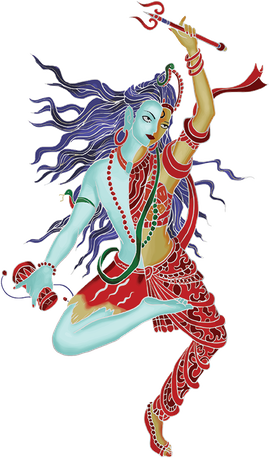On Saturday, January 19, 2019, from 2:30-5:30, Sat Puran and I will be offering a workshop, Exploring Stability & Mobility: A Joint Health Workshop for Yoga Teachers, focusing on knees, hips and shoulders.
In Polarity Therapy, which has its roots in ayurveda, it is said that the knees represent surrender and humility. If you have ever heard the saying something “brought us to our knees,” it usually means we had to let go of our ego and surrender to life’s events. While the knees cushion the jarring of walking on this earth, they also need to hold us upright, requiring a balance of will and surrender. In yoga this is known as raga (will or attachment) and dvehsa (surrender or, in the extreme, aversion). If there is too much rigidity or too much flexibility, the knees can literally buckle from the strain.
The knee is particularly susceptible to injury for a number of reasons. While it is the largest joint in the body, it is also one of the most shallow and lacking in muscular support. While the hip has many muscles protecting it, the knee does not, and that is why the integrity of the musculature above and below the knee is so important. The joint of the knee connects the femur (thigh bone) and the tibia (shin bone), creating a hinge joint that does not fit deeply together, unlike the hip joint ball and socket configuration, or the ankle, which slides together like two puzzle pieces. These bone-in-bone joints rely on one another and their strength, whereas the knee relies on strong but relatively small ligaments. Ligaments do not have the resiliency that muscles do. Once overstretched, the ligaments may or may not be able to return to their former strength.
The knees are the mediator between the feet, the ankles and the hips. According to Peggy Wallin, Yoga instructor at The Energy Center in Brooklyn, New York, “Any imbalance or injury incurred in either the hip or ankle joints will directly affect the knee.” In other words, the whole body affects the health of the knees.
The knees can be seen as a reflection of the dance of life. Here is an activity to play with to explore this dance:
Come to standing and let the knees dance (as the quadriceps engage, watch the flesh of the knee draw up; as the quadriceps relax, observe the knee dropping down). Notice what changes in this action with the knee flexed and if this changes and when the ball mounds of the toes are pressed to the floor.
We will be using principles of natural alignment as well as other yogic tools to keep us dancing! Hope you can join us.
